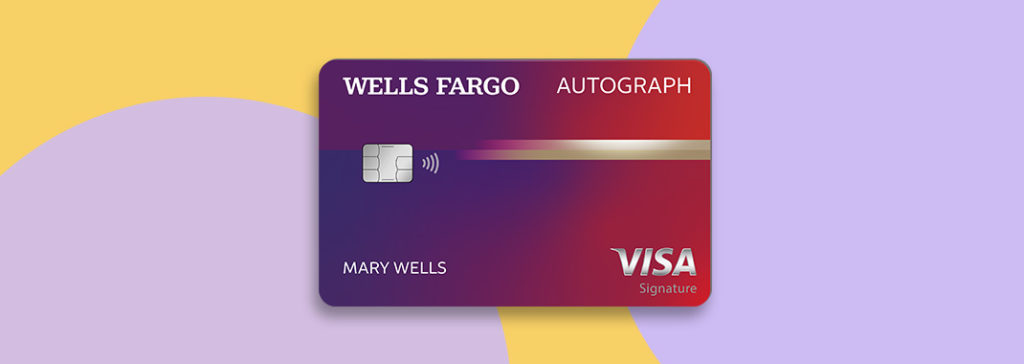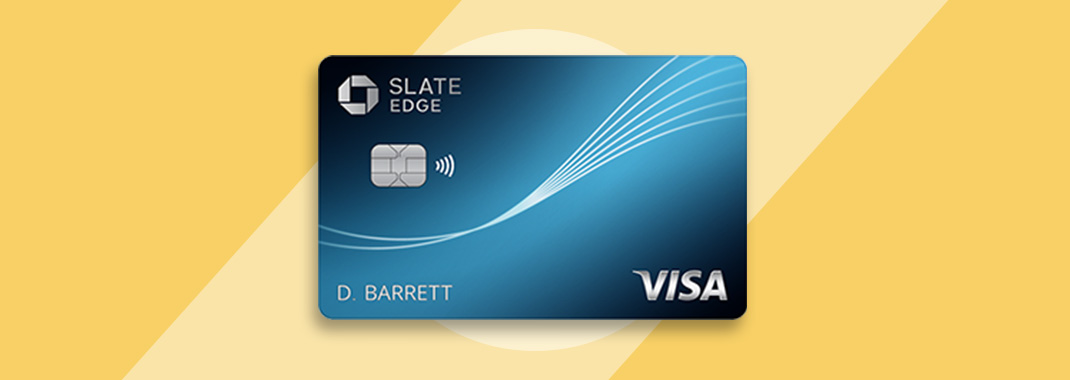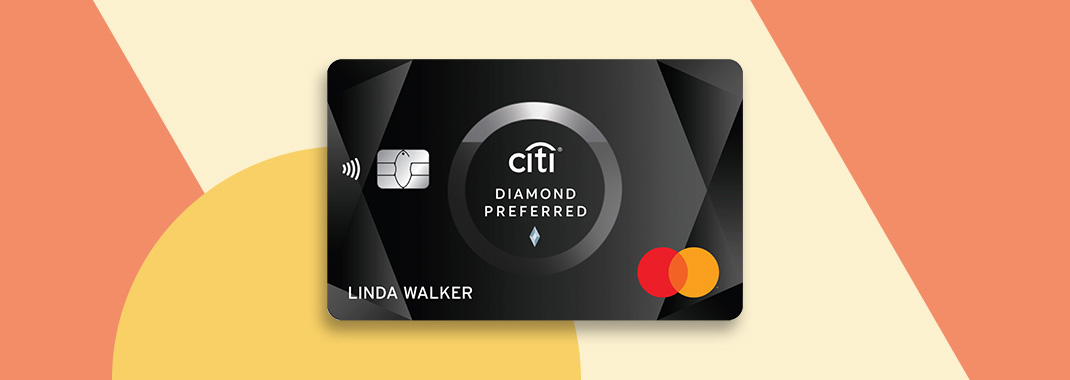Most products on this page are from partners who may compensate us. This may influence which products we write about and where and how they appear on the page. However, opinions expressed here are the author's alone, not those of any bank, credit card issuer, airline or hotel chain.
When my husband and I decided to replace our above-ground pool that exploded the day we moved into our new home, I knew I wanted to open a new credit card. Despite having $7,000 on hand to pay for a nicer pool, I thought this would be a good opportunity to rack up some rewards points.
Plus, many credit cards have introductory 0% APR offers, which provide a set time period to pay off purchases without interest, freeing up cash flow. With this in mind, here’s how I took advantage of a 0% APR offer to renovate my pool.
Related: The Best Credit Cards to Use for Home Improvement Purchases
I Made Sure I Had Cash on Hand
Before looking at credit cards, I wanted to be certain I could pay off the balance within the introductory period. Most 0% APR offers go for 12 to 18 months. As I mentioned earlier, we had the cash to pay off the pool, so the timeline wasn’t a major concern.
Nonetheless, we wanted to create a line item in our budget so we'd know the minimum we needed to pay each month to avoid interest once the intro period ended. To be safe, we broke down the estimated cost of our pool by 12 months—about $583 per month. That way, we wouldn't negate any bonuses or rewards earned during that time by having to pay interest.
I Combined Low Interest With Rewards
Once we checked our credit (most 0% APR offers require excellent credit), we focused on deciding between getting a low-interest card that earned points or one that earned cash back.
If you’re looking to open a 0% APR credit card but also plan to use it after the intro period, I suggest looking at cards that provide a 0% APR intro offer plus rewards. That way, you can get extra perks along with the ability to pay off a large purchase interest free.
Related: Points vs. Cash Back Calculator: When to Pay With Points Instead of Cash
I Found the Right Credit Card for My Situation
Since I already had a cash-back card I love, I opted for a travel rewards card. A 2% cash-back card would have earned me $140, but 7,000 points or miles could be worth more if transferred to a rewards partner. I have dreams of taking my family on a trip to Europe in a year or so, which means I should probably start hoarding up rewards points so I don’t have to pay for flights and hotels, and this method will help me do it.
Compare Credit Cards With 0% APR Intro Offers
When comparing cards, be sure to look at the length of the intro rate period—as mentioned, 12-18 months is pretty common. In general, the longer the intro rate period is, the less ongoing value the card typically has. For example, cards with intro periods in the 12- or 15-month range usually have more perks, like cash back or other rewards, than cards offering 18- or 21-month periods. You can check out balance transfer credit cards and low-interest credit cards to compare current 0% APR intro offers and get an idea of what interests you.
Whatever your financial plans are, starting with the right budget—and credit card—can go a long way toward helping you meeting your goals.
Up Next:

















